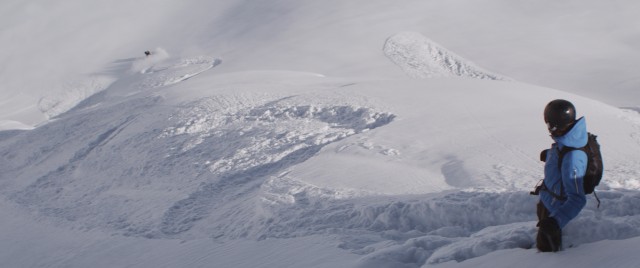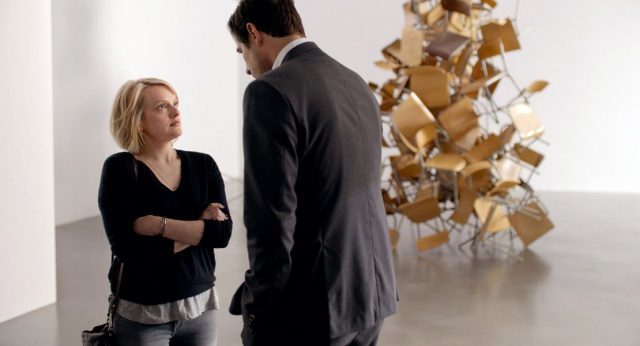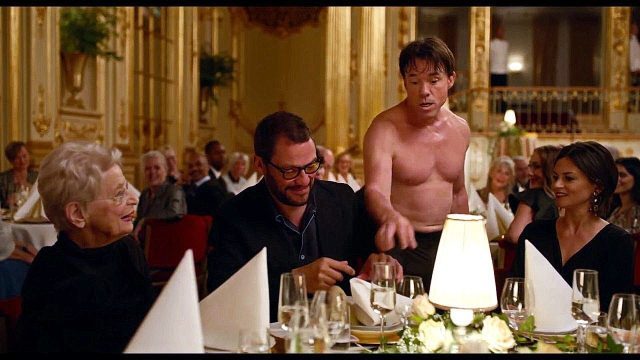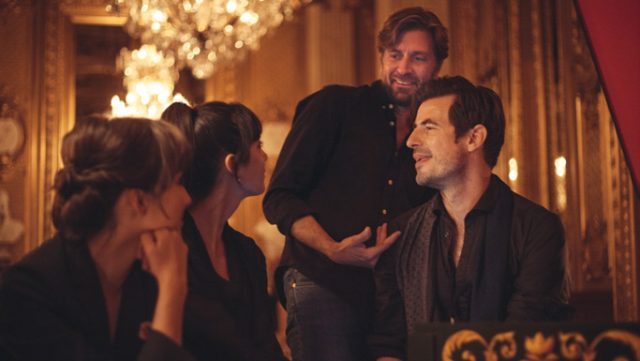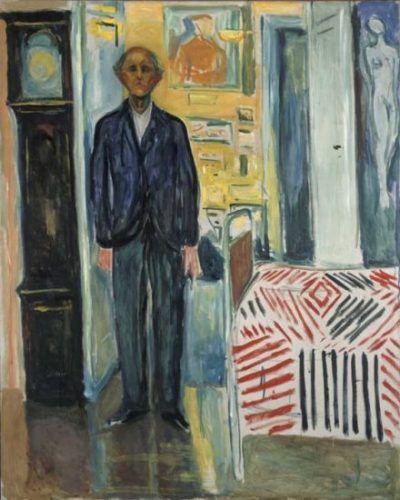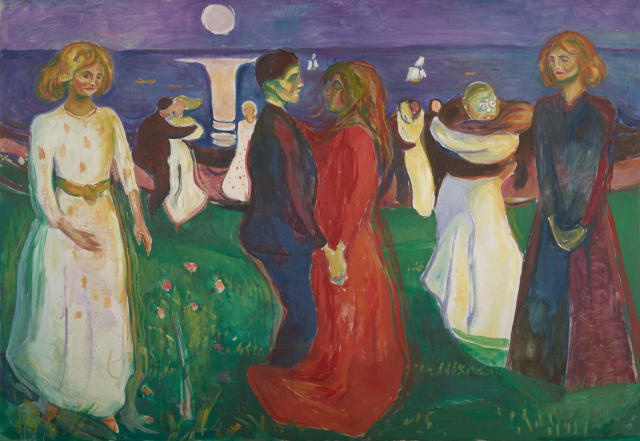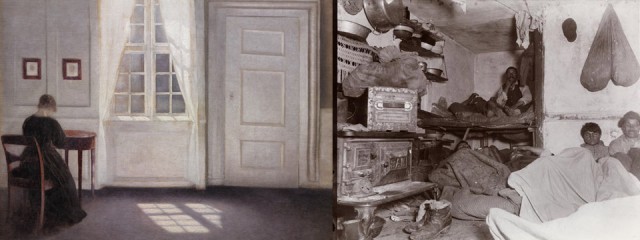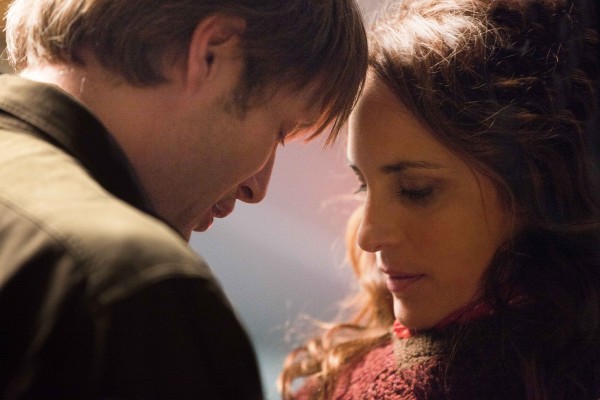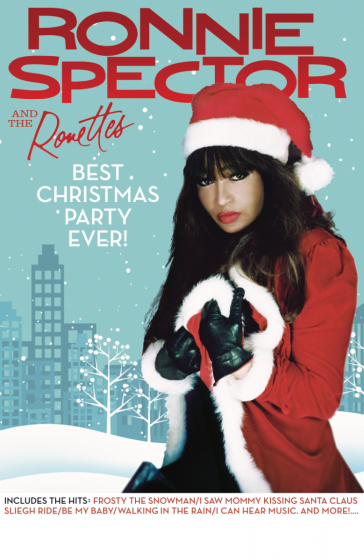
Ronnie Spector will present annual holiday show at City Winery on December 22
Hanukkah is about to start and Christmas is only a few weeks away, so the city is filling up with holiday-themed comedy shows, concerts, and special events. They range from classical performances at the Met and Carnegie Hall to hip-hop, soul, and rock extravaganzas at smaller clubs to Jewish takes on the season. Below is a sampling of some of the cooler events; keep watching this space for more additions.
Sunday, December 2
Hanukkah Family Day, art, music, and more for children ages three and up, with Josh & the Jamtones, Jeff Hopkins, Jewish Museum, free with museum admission (children eighteen and under free), 11:00 am – 4:00 pm
Sunday, December 2
through
Sunday, December 9
The 8 Nights of Hanukkah with Yo La Tengo, Bowery Ballroom, $40, 7:30
Monday, December 3
Tenth Annual Latke Festival, benefiting the Sylvia Center, Brooklyn Museum, $75-$120, 6:00
Holiday Cheer for FUV, with John Prine, the Lone Bellow, and Shannon Shaw, Beacon Theatre, $90.50 – $301, 8:00
Elon Gold and Modi: A Hanukkah Miracle, with Sherrod Small and Talia Reese, Stand Up NY, $20-$40, 8:00 & 9:45
Thursday, December 6
Festival of Light w/ Matisyahu and special guests the Soul Rebels and GRiZ plus friends, Brooklyn Steel, $30-$35, 8:00
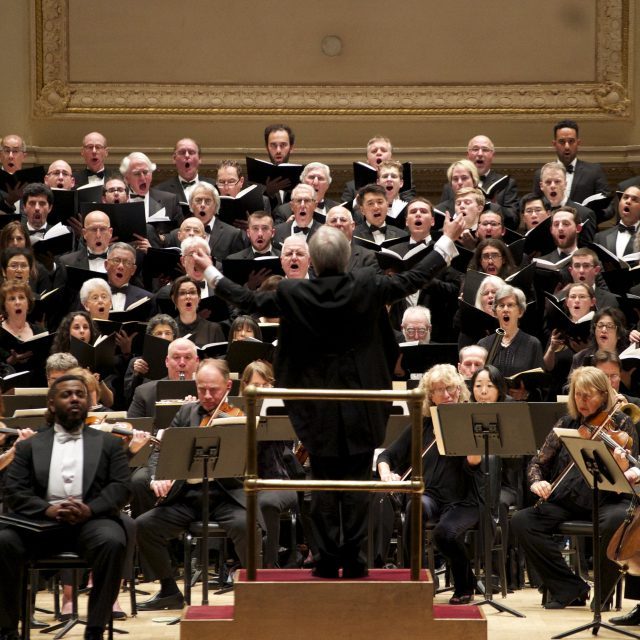
The Cecilia Chorus of New York will perform Handel’s Messiah at Carnegie Hall on December 8
Saturday, December 8
The Cecilia Chorus of New York with Orchestra: HANDEL Messiah, with soprano Shakèd Bar, tenor Michael St. Peter, bass William Guanbo Su, and countertenor Nicholas Tamagna, Carnegie Hall, Stern Auditorium / Perelman Stage, $25-$85, 8:00
Cyndi Lauper & Friends: Home for the Holidays, benefit for True Colors Fund, with Amanda Palmer, Angie Stone, A$AP Rocky, Bebe Rexha, Bishop Briggs, Charlie Musselwhite, Dr. Elmo, Gina Yashere, Natalie Merchant, Regina Spektor, Robert Glasper, Sara Ramirez, Shea Diamond, and the Knocks, hosted by Carson Kressley, Beacon Theatre, $50-$150, 8:00
Sunday, December 9
For the Miracles: A Holiday Celebration, with the Young People’s Chorus of New York City performing Samuel Adler’s The Flames of Freedom and Benjamin Britten’s A Ceremony of Carols, conducted by Elizabeth Núñez, Met Fifth Ave., Grace Rainey Rogers Auditorium, $65 (bring a child for $1), 3:00
Holiday Concert, featuring Scandinavian and American holiday favorites and Saint Lucia procession with traditional gowns and glowing candles, with members of the Swedish Church Choir in New York, Scandinavia House, $25, 5:00
The 12th Annual Menorah Horah Hanukkah Burlesque Show, with the Schlep Sisters (Minnie Tonka and Darlinda Just Darlinda), Sapphire Jones, Zoe Ziegfeld, the Great Dubini, Allegra, host Bastard Keith, DJ Momotaro, Rara Darling, and Madame Brassiere, Highline Ballroom, $25-$50, 8:00
Friday, December 14
Yule Dogs: A Very Mercury Christmas, with Wormburner, Christopher John Campion with Mad Staggers, and special guests Lifeguard Nights, Mercury Lounge, $12-$15, 7:00
Sunday, December 16
Unsilent Night, participatory boombox concert with Phil Kline, Washington Square Park, free, 6:00
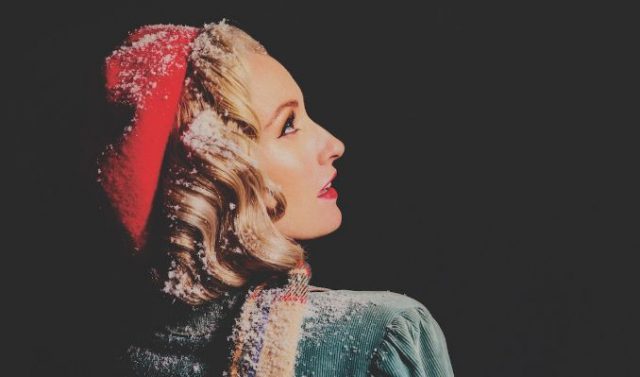
Ingrid Michaelson’s twelfth annual Holiday Hop takes place at the Beacon on December 17
Monday, December 17
Ingrid Michaelson’s Twelfth Annual Holiday Hop, Beacon Theatre, $44.50 – $64.50, 8:00
Oratorio Society of New York: HANDEL Messiah, conducted by Kent Tritle, with soprano Leslie Fagan, countertenor Daniel Moody, tenor Isaiah Bell, bass-baritone Joseph Beutel, and the Chorus and Orchestra of the Society, Carnegie Hall, Stern Auditorium / Perelman Stage, $28-$100, 8:00
Tuesday, December 18
KTU Holiday House Party w/ Why Don’t We, Highline Ballroom, $10 (proceeds benefit Cookies for Kids Cancer), 6:00
Saturday, December 22
Ronnie Spector & the Ronettes: Best Christmas Party Ever!, City Winery, $55-$75, 8:00
Sunday, December 23
Christmas Ball — A Merry Evening of Opera, Operetta, and Christmas Songs: Talents of the World Festival at Carnegie Hall, with bass William Meinert, baritone David Gvinianidze, baritone Oleksandr Kyreiev, tenor Arsen Soghomonyan, soprano Ruslana Koval, soprano Tamar Iveri, soprano Olga Lisovskaya, and the winner of the Talents of the World International Competition, Zankel Hall, $65-$95, 7:00
Monday, December 24
A Very Jewish Christmas, with Marion Grodin, James Goff, Sam Morril, Jared Freid, and others, Gotham Comedy Club, $25, 7:00 & 9:00
Tuesday, January 1
Ninth Annual New Year’s Day w/ Joseph Arthur & Lee Ranaldo, City Winery, $20-$28, 8:00
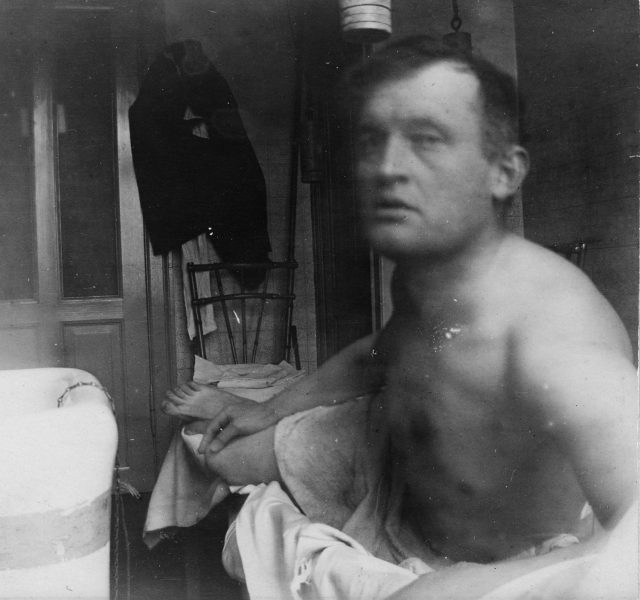
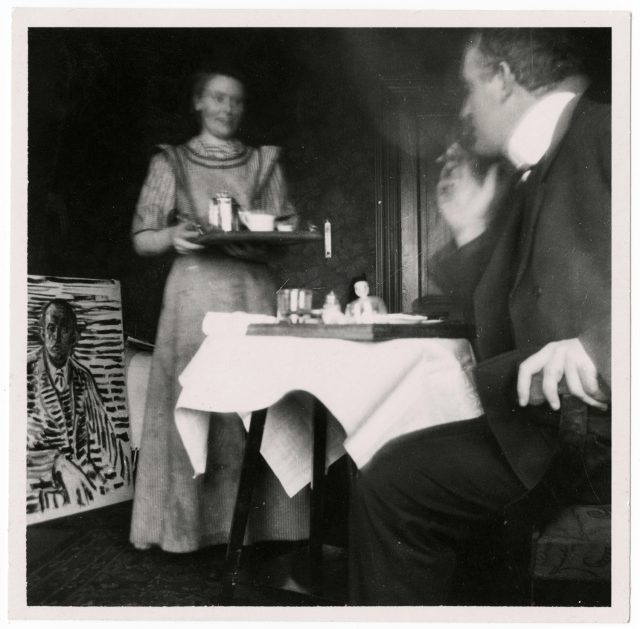
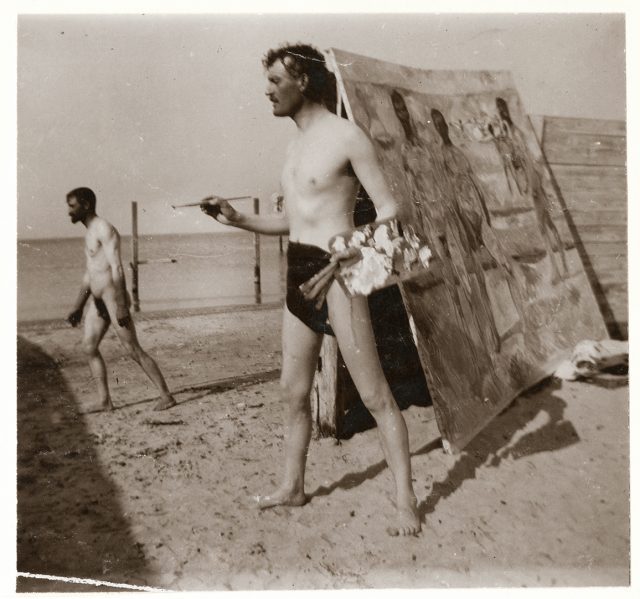
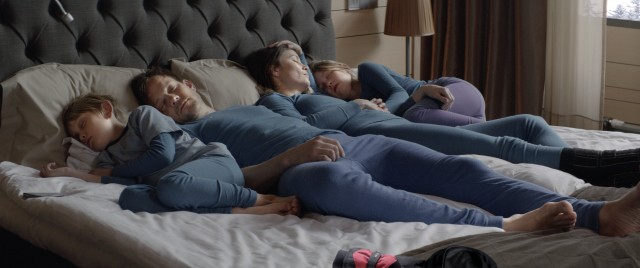
 After three skiing films and two documentaries, Swedish writer-director Ruben Östlund experienced near-instant success with his fiction work, which has included five features and two shorts since 2004, earning him numerous international awards. Scandinavia House will be honoring the Styrsö native on February 20 with a double feature of his two latest gems, Force Majeure, which was shortlisted for a Best Foreign Language Film Oscar, and The Square, which is competing for the award at this year’s Oscars. Östlund will be at the Park Ave. cultural institution for a Q&A following The Square, which won the coveted Palme d’Or at Cannes. First up at 4:00 is Force Majeure, one of the best films you’ll ever hear. Not that Fredrik Wenzel’s photography of a lovely Savoie ski resort and Ola Fløttum’s bold, classical-based score aren’t stunning in their own right, but Kjetil Mørk, Rune Van Deurs, and Jesper Miller’s sound design makes every boot crunching on the snow, every buzzing electric toothbrush, every ski lift going up a mountain, every explosion setting off a controlled avalanche a character unto itself, heightening the tension (and black comedy) of this dark satire about a family dealing with a crisis. On the first day of their five-day French Alps vacation, workaholic Tomas (Johannes Bah Kuhnke) and his wife, Ebba (Lisa Loven Kongsli), are enjoying lunch on an outdoor veranda with their small children, Harry (Vincent Wettergren) and Vera (Clara Wettergren), when a potential tragedy comes barreling at them, but in the heat of the moment, while Ebba instantly seeks to protect the kids, Tomas runs for his life, leaving his family behind. After the event, which was not as bad as anticipated, the relationship among the four of them has forever changed, especially because Tomas will not own up to what happened. Even Harry and Vera (who are brother and sister in real life) know something went wrong that afternoon and are now terrified that their parents will divorce. But with Tomas unwilling to talk about his flight response, Ebba starts sharing the story with other couples, including their hirsute friend Mats (Kristofer Hivju) and his young girlfriend, Fanni (Fanni Metelius), who are soon arguing in private about what they would do in a similar situation.
After three skiing films and two documentaries, Swedish writer-director Ruben Östlund experienced near-instant success with his fiction work, which has included five features and two shorts since 2004, earning him numerous international awards. Scandinavia House will be honoring the Styrsö native on February 20 with a double feature of his two latest gems, Force Majeure, which was shortlisted for a Best Foreign Language Film Oscar, and The Square, which is competing for the award at this year’s Oscars. Östlund will be at the Park Ave. cultural institution for a Q&A following The Square, which won the coveted Palme d’Or at Cannes. First up at 4:00 is Force Majeure, one of the best films you’ll ever hear. Not that Fredrik Wenzel’s photography of a lovely Savoie ski resort and Ola Fløttum’s bold, classical-based score aren’t stunning in their own right, but Kjetil Mørk, Rune Van Deurs, and Jesper Miller’s sound design makes every boot crunching on the snow, every buzzing electric toothbrush, every ski lift going up a mountain, every explosion setting off a controlled avalanche a character unto itself, heightening the tension (and black comedy) of this dark satire about a family dealing with a crisis. On the first day of their five-day French Alps vacation, workaholic Tomas (Johannes Bah Kuhnke) and his wife, Ebba (Lisa Loven Kongsli), are enjoying lunch on an outdoor veranda with their small children, Harry (Vincent Wettergren) and Vera (Clara Wettergren), when a potential tragedy comes barreling at them, but in the heat of the moment, while Ebba instantly seeks to protect the kids, Tomas runs for his life, leaving his family behind. After the event, which was not as bad as anticipated, the relationship among the four of them has forever changed, especially because Tomas will not own up to what happened. Even Harry and Vera (who are brother and sister in real life) know something went wrong that afternoon and are now terrified that their parents will divorce. But with Tomas unwilling to talk about his flight response, Ebba starts sharing the story with other couples, including their hirsute friend Mats (Kristofer Hivju) and his young girlfriend, Fanni (Fanni Metelius), who are soon arguing in private about what they would do in a similar situation.